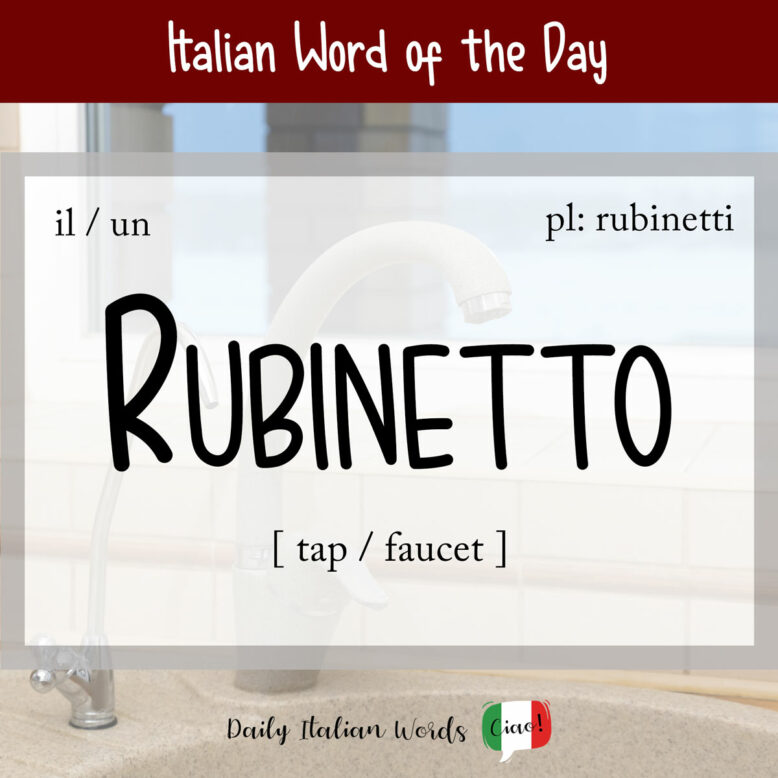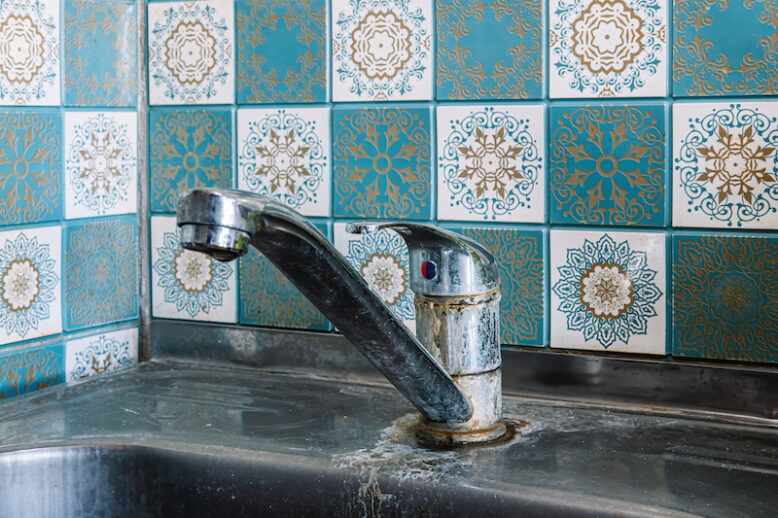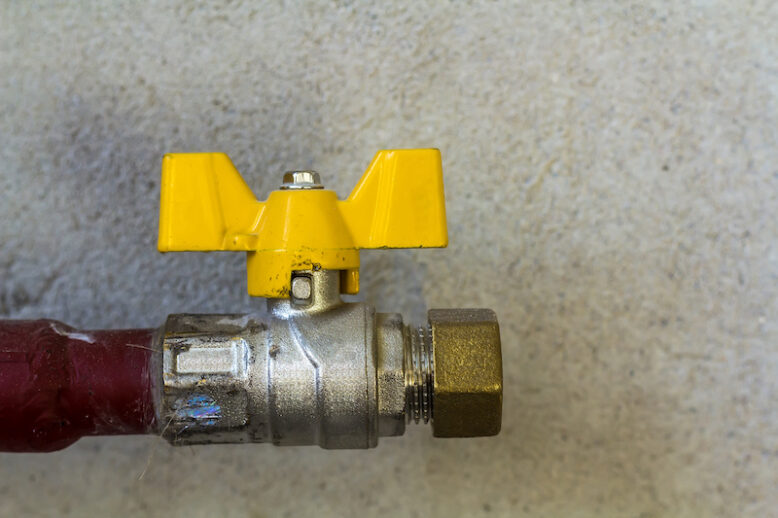One of my favourite Italian words actually refers to a rather banal household object that we use multiple times throughout the day: the humble rubinetto, which is known as a tap in the UK, a faucet in the US, or a spigot in technical terms.
rubinetto
tap / faucet

The etymology of this word is quite interesting compared to other words we’ve covered on this website thus far. It derives from the French robinet, which is the diminutive form of robin, a now obsolete term for a sheep. This is because early taps were often in the shape of a sheep’s head.
Being a masculine noun, it takes the following definite and indefinite articles:
- il rubinetto = the tap / faucet
- i rubinetti = the taps / faucets
- un rubinetto = a tap / faucet
- dei rubinetti = some taps / faucets

In Italian, you wouldn’t “turn on / off” a tap but rather “open / close” a tap – aprire / chiudere il rubinetto.
Puoi aprire il rubinetto, per favore?
Can you turn on the tap, please?
Some common phrases Italians use when referring to the flow of tap water don’t include the word rubinetto at all:
- Aprire poco l’acqua = To turn the tap on just a little bit
- Non aprire troppo l’acqua = Don’t open the tap too much
- L’acqua è troppo aperta = You’re running too much water
By extension, rubinetto can also refer to a valve, such as a gas valve (il rubinetto del gas) or a water valve (il rubinetto dell’acqua).
Ricordati di chiudere il rubinetto del gas!
Remember to close the gas valve!

The related term rubinetteria refers to taps and fittings.
Heather Broster is a graduate with honours in linguistics from the University of Western Ontario. She is an aspiring polyglot, proficient in English and Italian, as well as Japanese, Welsh, and French to varying degrees of fluency. Originally from Toronto, Heather has resided in various countries, notably Italy for a period of six years. Her primary focus lies in the fields of language acquisition, education, and bilingual instruction.


